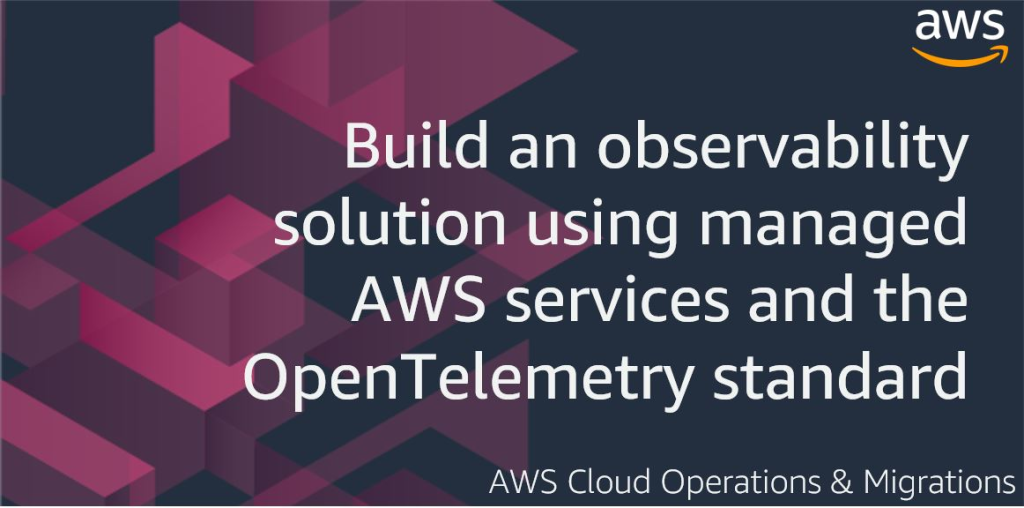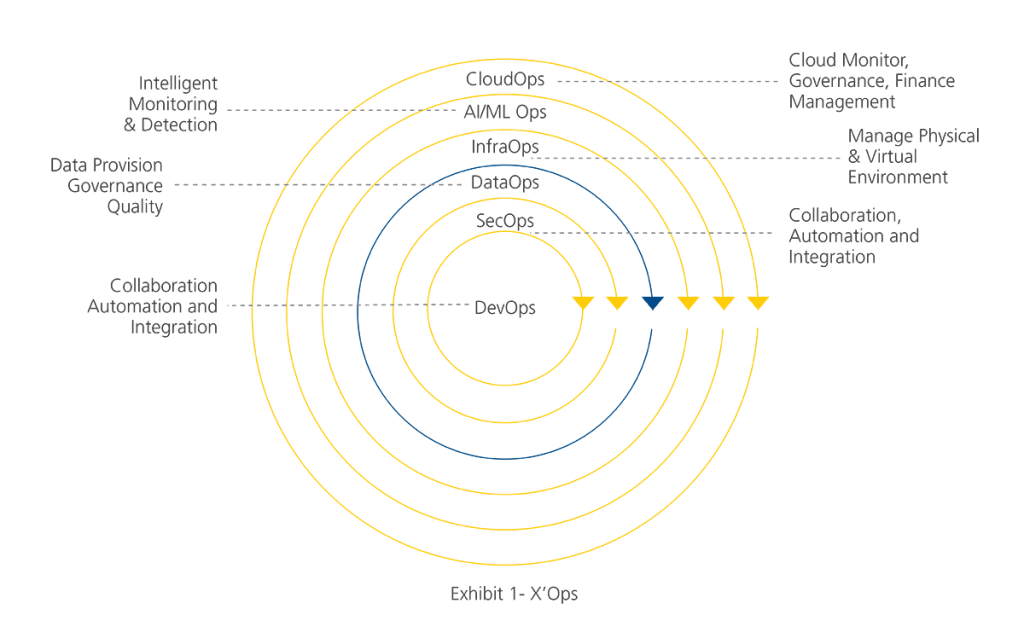
Have you ever wondered how Amazon Web Services (AWS) manages to provide such reliable and efficient cloud services to millions of customers worldwide? The answer lies in their use of DataOps in monitoring and observability. In this 5000-word blog article, we will explore how AWS leverages DataOps to ensure their cloud infrastructure is always running smoothly, and how you can apply these techniques to your own business.
What is DataOps?
DataOps is a term that refers to the process of applying agile and DevOps principles to data management. It involves using automation, collaboration, and continuous delivery to optimize data quality, reduce errors, and improve efficiency. DataOps is essential in today’s data-driven world, where organizations need to collect, process, and analyze vast amounts of data to make informed decisions.
Why are Monitoring and Observability Important in AWS?
AWS is a cloud computing platform that provides a wide range of services, including computing, storage, networking, and databases, to name a few. With millions of customers worldwide, AWS needs to ensure that their infrastructure is always available and performing optimally. Monitoring and observability are critical in achieving this goal.
Monitoring involves collecting and analyzing metrics and logs to detect issues and performance bottlenecks. Observability is the ability to understand the system’s internal state by analyzing its outputs, such as logs, traces, and metrics. By combining monitoring and observability, AWS can detect issues proactively and quickly resolve them before they impact customers.
How Does AWS Use DataOps in Monitoring and Observability?
AWS uses a variety of DataOps techniques in monitoring and observability, including:
Automated Monitoring and Alerting
AWS uses automated monitoring and alerting to detect issues and notify the appropriate teams. They have built a comprehensive monitoring system that collects data from all their services and infrastructure components. This data is then analyzed in real-time to detect anomalies and issues. If an issue is detected, AWS sends an alert to the appropriate team, who can quickly investigate and resolve the issue.
Continuous Delivery of Monitoring and Observability Tools
AWS uses continuous delivery to ensure that their monitoring and observability tools are always up to date. They have built a pipeline that automatically deploys new tools and updates to their monitoring and observability infrastructure. This ensures that their teams always have access to the latest tools and features, enabling them to detect and resolve issues quickly.
Collaborative Incident Management
AWS uses a collaborative incident management process to ensure that issues are resolved quickly and efficiently. When an issue is detected, AWS creates an incident response team that includes representatives from all the relevant teams. This team works together to investigate and resolve the issue, using the latest monitoring and observability tools. By collaborating in this way, AWS can resolve issues faster and with fewer errors.
Machine Learning-Based Anomaly Detection
AWS uses machine learning-based anomaly detection to detect issues proactively. They have built a machine learning model that analyzes the monitoring data to detect anomalies and predict future issues. This allows AWS to detect and resolve issues before they impact customers, improving the overall reliability and performance of their cloud infrastructure.
How Can You Apply DataOps Techniques to Your Business?
Now that you understand how AWS uses DataOps in monitoring and observability, you may be wondering how you can apply these techniques to your own business. Here are some tips:

Automate Your Monitoring and Alerting
Automate your monitoring and alerting to detect issues proactively and notify the appropriate teams. Use a comprehensive monitoring system that collects data from all your services and infrastructure components and analyzes it in real-time. This will enable you to detect issues quickly and resolve them before they impact your customers.
Use Continuous Delivery to Keep Your Monitoring and Observability Tools Up to Date
Use continuous delivery to ensure that your monitoring and observability tools are always up to date. Build a pipeline that automatically deploys new tools and updates to your monitoring and observability infrastructure. This will ensure that your teams always have access to the latest tools and features, enabling them to detect and resolve issues quickly.
Implement Collaborative Incident Management
Implement a collaborative incident management process to ensure that issues are resolved quickly and efficiently. Create an incident response team that includes representatives from all the relevant teams. This team should work together to investigate and resolve the issue, using the latest monitoring and observability tools. By collaborating in this way, you can resolve issues faster and with fewer errors.
Use Machine Learning-Based Anomaly Detection
Consider using machine learning-based anomaly detection to detect issues proactively. Build a machine learning model that analyzes your monitoring data to detect anomalies and predict future issues. This will enable you to detect and resolve issues before they impact your customers, improving the overall reliability and performance of your systems.
Conclusion
In conclusion, AWS’s use of DataOps in monitoring and observability is a key factor in their success in providing reliable and efficient cloud services to millions of customers worldwide. By leveraging automated monitoring and alerting, continuous delivery, collaborative incident management, and machine learning-based anomaly detection, AWS can detect and resolve issues quickly and proactively. By applying these techniques to your own business, you can improve the reliability and performance of your systems and provide a better experience for your customers.